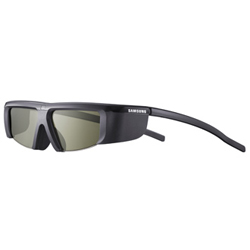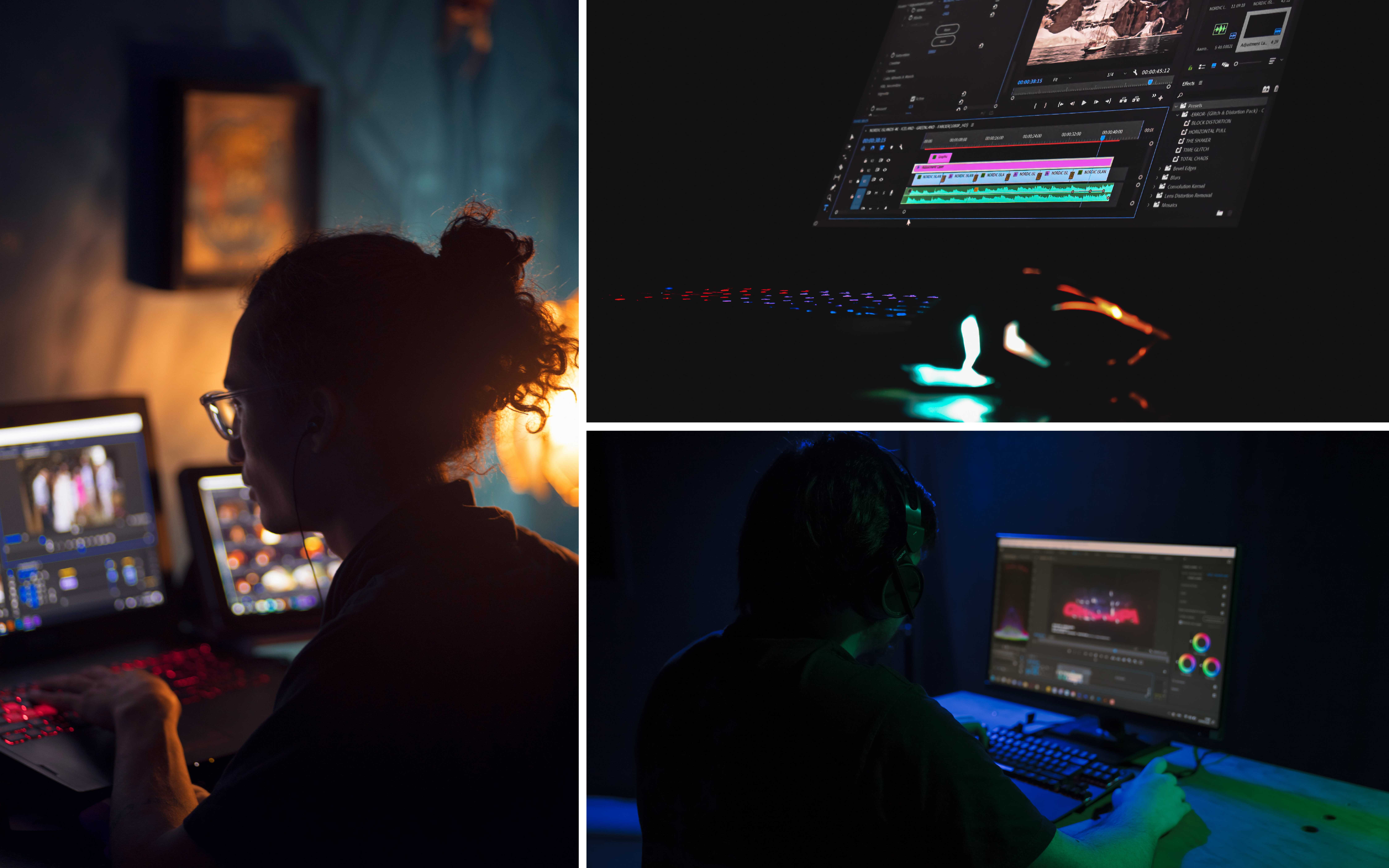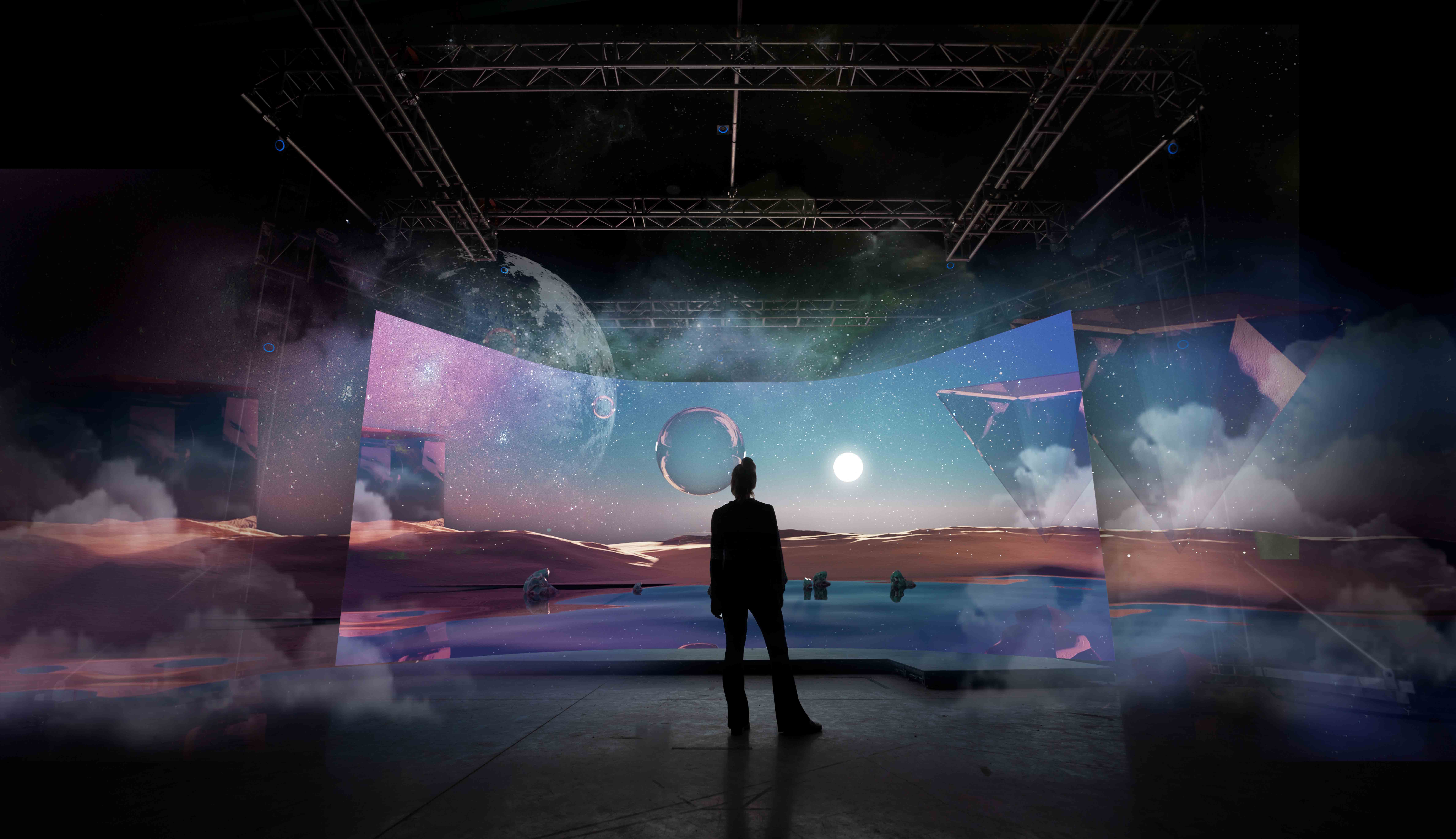
Panasonic, Samsung, Sony and X6D (Xpand 3D) are to jointly develop a new Bluetooth-enabled technology standard for consumer 3D active glasses, under the name: Full HD 3D Glasses Initiative, writes David Fox.
Active 3D glasses, which switch rapidly between left and right eye in synchronisation with the TV set, are a lot more expensive than passive glasses (as used in many cinemas), costing up to $100 a pair retail. Versions made by different set manufacturers have also been incompatible. At present, most 3D set manufacturers use active glasses, as screens for use with passive glasses cost more to make.
Following the new agreement, the companies will work together on developing and licensing radio frequency system 3D active glasses technology, including RF system protocols between consumer 3D active glasses and 3D displays such as televisions, personal computers, projectors and 3D theatres with Xpand active shutter glasses.
The standardisation will include multiple types of infrared system protocols between 3D active glasses and 3D displays, ranging from the protocols jointly developed by Panasonic and Xpand 3D, to the proprietary protocols of Samsung and Sony.
The licensing for the Full HD 3D Glasses Initiative should be released next month, at which time development of new standardisation-applied active 3D glasses will begin. Universal glasses with the new IR/RF protocols should be available in 2012, and are targeted to be backward compatible with today’s 3D active TVs.
Active glasses are claimed to be able to display full HD 3D picture quality to each eye, as well as offering greater freedom of movement thanks to Bluetooth.
“Panasonic has been working to standardise 3D glasses technologies, and in March, we announced a joint licensing of IR system protocols with Xpand, backed by several participant companies. We are very pleased that today’s latest collaboration will incorporate our previous concept into these new standardisation efforts,” said Masayuki Kozuka, general manager of Media & Content Alliance Office, in Panasonic’s Corporate R&D Division. “We hope the expanded collaboration on this 3D standardisation initiative will make a significant contribution toward accelerating the growth of 3D-related products.”
“To-date, active 3D technology has proven to be the most popular choice for consumers in the 3D TV market,” said Jurack Chae, vice president, R&D Team, Visual Display Business, Samsung Electronics. “According to the NPD Group, active 3D technology took an average of 96% share of the US 3D TV market in the first half of this year; and this Full HD 3D Glasses Initiative will help further drive consumer adoption and understanding of active 3D – the technology that provides the clearest and most immersive 3D experience available.”
“Through this alliance, we all look forward to addressing critical industry issues to enable a better consumer experience across products,” added Jun Yonemitsu, deputy senior general manager, Sony’s Home Entertainment Development Division. “We believe active 3D technology is the most suitable method to deliver full 1080p picture quality to each eye, giving consumers the 3D experience they most desire.”
“This initiative reinforces the consumer electronics industry’s commitment to highest 3D quality and provides technology consumers and theatre-goers with a simple but powerful solution to the challenge of interoperability,” said Maria Costeira, Xpand 3D’s CEO.
Bluetooth technology will be a vital component of the new initiative, according to Michael Foley, executive director, Bluetooth Special Interest Group, thanks to its ubiquity and the freedom and convenience it provides. “While today’s news is exciting, this is just the beginning – Bluetooth technology in the living room makes sense in 3D glasses, stereo surround systems, remote controls, and ultimately the hub of the living room – the TV.”
“With the recent introduction of Bluetooth v4.0 and the longer battery life this ultra-efficient technology delivers, it further reinforces why Bluetooth technology is the natural choice for a broad range of applications,” said Anthony Murray, Senior VP of the Audio & Consumer Business Unit, CSR.
www.bluetooth.com
www.panasonic.net
www.samsung.com
www.sony.net
www.xpand.me






